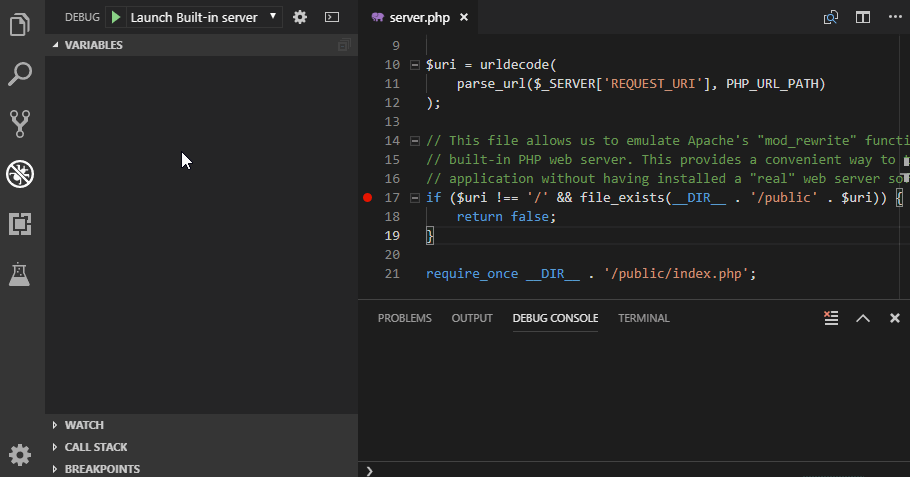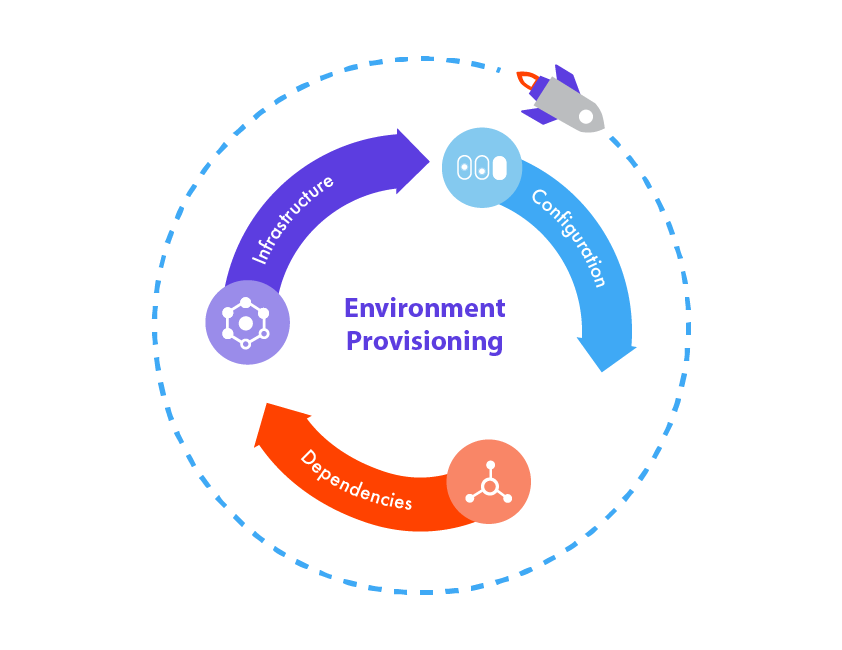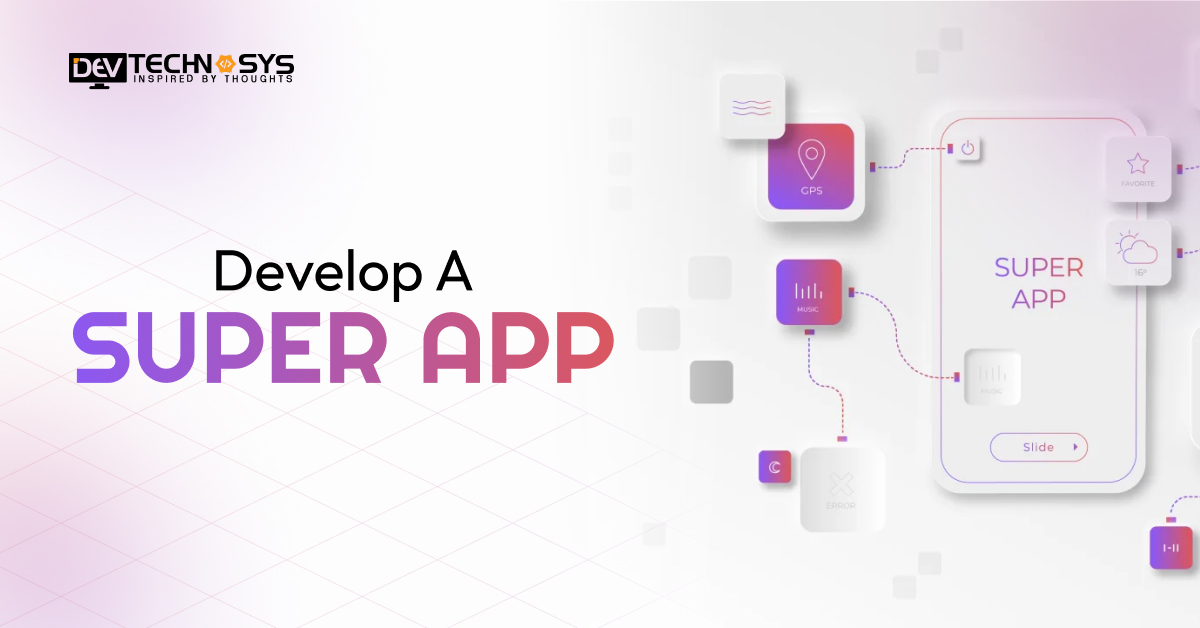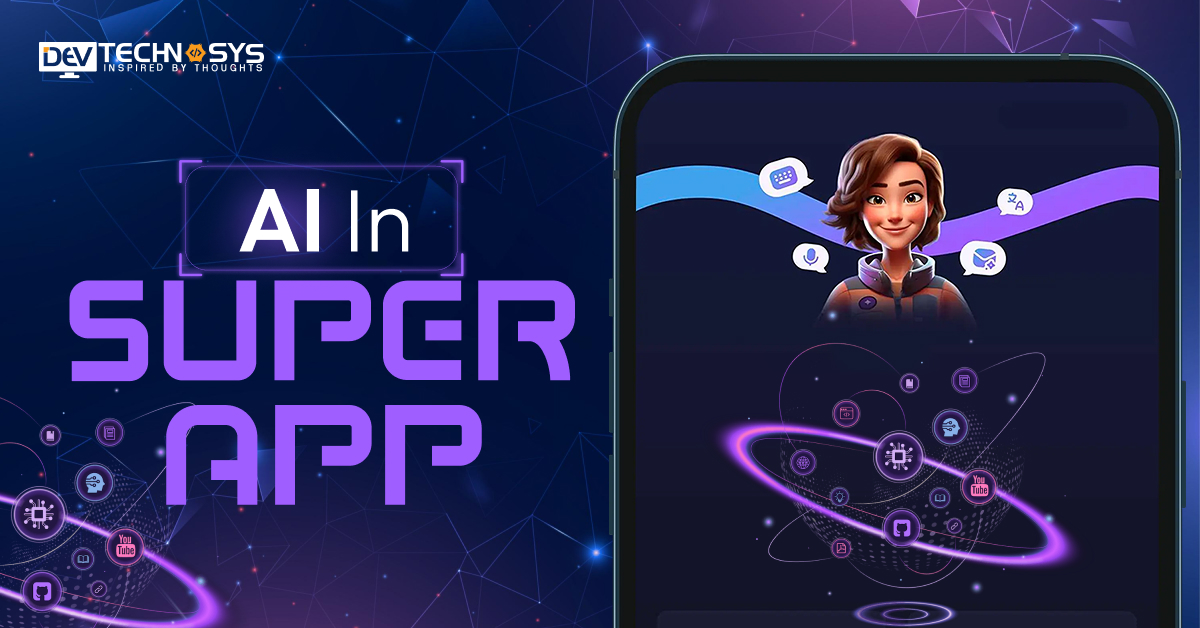With continuous votes of appraisal PHP website development has also been subjected to acute criticism relating to its position and contribution to the Modern web development skyline. However, the hype in hiring a PHP developer to build a PHP Application & developing real-life problem-solving software has proved it all about knowing to utilize its ultimate features and knowing to deploy it in a modern development environment.
Why PHP?
Why do you need PHP? Let’s just say PHP is a language that allows a developer to get a quick setup and build projects faster with ample available resources. With the advent of version 7, the biggest backlash that PHP faced with weak performance has completely ended. Thus, we can say PHP allows you to get several things at the very core and brings about the uniqueness of the product.
We can say, it is the language of the developer’s ease. How so ever deploying it is still subject to a great discussion. Thus, are some tips by which you can ensure easy deployment of your PHP websites and applications.

How to Build a PHP Application?
PHP is one of the best languages to build high-quality web applications, however, not all PHP web applications are created equally. There are different versions available for PHP Web Development, each focused on solving a particular need of business. Thus, your app design, separating concerns, dependency injections, database decoupling are some of the factors which play an important role in deciding the right PHP framework for your web application development.
According to many PHP companies, server environment is one another factor that needs to be taken very seriously while browsing through various PHP versions. Thus, the right version for your project is the one which
- Make the application database much more manageable and independent of the app.
- High-end dependency management.
- High-speed loading of server and environment-specific variables.
- Frameworks that support web and unit tests for better integration and functioning of the apps.
Setting Up a Local Environment

Some of the ways that have been proven advantageous in setting up a local environment are:
1. PHP Built-in Web Server
For PHP developers that have just started to use PHP script, this one method is likely to be most easy to use. All you need to do is have a proper PHP version and a database or caching driver on your machine, and you are good to get started. Developing apps on PHP built-in server is a simple and similar experience to run PHP -S localhost:8000
2. Vagrant & VirtualBox
Used by many developers and many PHP development company, it is one way to standardize the application environment by utilizing the combination of VirtualBox and Vagrant.
This combination allows you to create virtual machines and provision them in a standardized way allowing you to pass on the configuration to be utilized by other members of the development team. This process helps PHP development company or a PHP developer to develop an environment identical to the production server or identical to the environment other members of the team are using.
3. Docker
If you understand Vagrant and Virtual Box setting up a local environment, this one will fascinate you more. Docker is a way the virtualization of the local environment reaches the zenith. It is a much higher form of Vagrant and Virtual Box that improves the speed and level of environment sharing abstraction immensely while deducting the time it used to take up in running new PHP website development projects.
Some other features are easy passing of configuration changes, use in conjunction with better and continuous integration workflow allowing you to run tests much faster than ever before.
Also, since it is relatively new in the tech world, it is better to hire PHP developer with little or more experience in running Docker. Or you can seek an experienced PHP development team to do the job for you.
Provisioning a Production PHP Environment

Once the job of running and developing code locally is done now it is time to push the code to a repository from where you will send it off to the server. Here are some methods that will help you get by this step easily.
1. Heroku
Heroku has recently landed its support on running as a PAAS solution of PHP too, unlike others it includes all the software necessary to you like NGINX, Apache, MySQL, Redis, etc. deploying it is easy, all provisioning a PHP requires is adding of a Procfile and. composer.jsonfile on your web application development project.
2. Forge
Forge is one of the most preferred choices for PHP deployment of PHP website development projects. Created to land support to Laravel now it is available for Symfony, WordPress, and other PHP frameworks for modern web application development. It lets you engage with your own server and allows you to continue over AWS, DigitalOcean, Linode, Azure, and other virtual hosts.
Also, it works by installing the software you need to run a PHP application and gives a developer-friendly UI for carrying out general tasks such as updating NGINX configuration, changing your deployment scripts, and starting queue workers, etc. It is also good to go if you want to set up an environment of your own from scratch.
3. Chef
A chef is an automation tool and allows developers to automate their standardized server deployment workings. To use it you need to create cookbooks that allow you to install your software. It makes it much easier for developers to develop PHP website development projects as you can also use to run the rest of the server setup.
Read More: What Factors Considering While Hire PHP Developer for Your Project
4. Bash Commands/Shell Scripts
If you are not still satisfied with the above-given options, you can always go for building one for yourself. You can always provision servers by using virtual and physical machines. Although it is a very sluggish option and it will only eat up your precious time.
Continuous Integration and Deployment

Now you are all set and all you need to do is to pull out the newest code from the repository and point it to your web server and voila! Everything is properly set up your app is now configured, and you can run your web application by now.
Now continuing to the same our last step would be towards continuous integration and deployment. It is a widely used method by every PHP development company in cases of updates. Also, it allows a developer to make changes efficiently in the project.
Read More: 15 Reasons Why PHP Is Important For the Web Development
You can always do this by setting up your very own integration server while another way entering Codeship. Codeship helps you in installing dependencies and allows developers to run tests in case of codes are added into the repository.
However, the use of Codeship for deployment changes or depends highly on the way you had set-up the web application server, thus there are different ways of involved depending on whether it is Heroku, Forge or Bash script you used.
Conclusion
The above discussion was in an attempt to build a PHP application and web development smoother. Thus, it is made as comprehensive as it could get. However, PHP development has its proven value. From high-end PHP development companies to PHP developers.
Thus, we can say there are a number of factors that you have to keep in mind while developing websites and web applications on PHP some of them not mentioned in the discussion are caching, scaling horizontally and tweaking PHP-FPM and NGINX configuration.
Also, the tools that you use have a great role in defining the kind of PHP website development experience you will have, factors that impact it are the size of the team, monetary, the time you have, etc.
Since web applications are one way to help you create better brand awareness and help you get more traffic onto your business websites, PHP is one of the best technology to partner with. Also, if you don’t have any experience in building websites and web applications on PHP. You can hire PHP developers by looking online or from an experienced PHP development company.
FAQ
How Much Time Does it Takes to Build PHP App?
The time to build a PHP app varies based on its complexity, features, and team size. Simple apps may take 3-5 months, while more complex ones could take 9 months or more. Factors like planning, design, development, testing, and deployment all influence the overall development timeline.
How Much Does It Cost to Build PHP App?
The cost of building a PHP app can vary significantly depending on factors like complexity, features, development time, and team rates. For small-scale projects, it may start at a $8000-$15000 while larger and more complex applications can cost $25000 or more.
How Can I Optimize My PHP Application for Performance?
To optimize PHP application performance:
- Use opcode caching (e.g., OPCache) to reduce script compilation time.
- Optimize database queries and use indexing for faster data retrieval.
- Minimize external HTTP requests and use content caching.
- Implement asynchronous processing for time-consuming tasks.
- Optimize images and assets to reduce page load times.
What Are Some Best Practices for Building a Secure PHP Application?
Use the latest PHP version, sanitize user input, implement parameterized queries, avoid exposing sensitive information, and use encryption for passwords and sensitive data.













